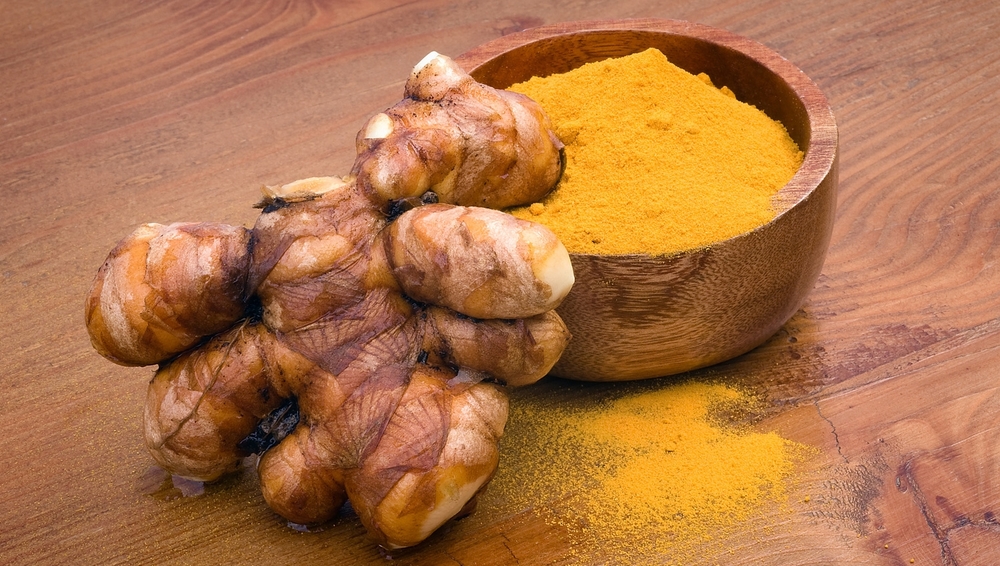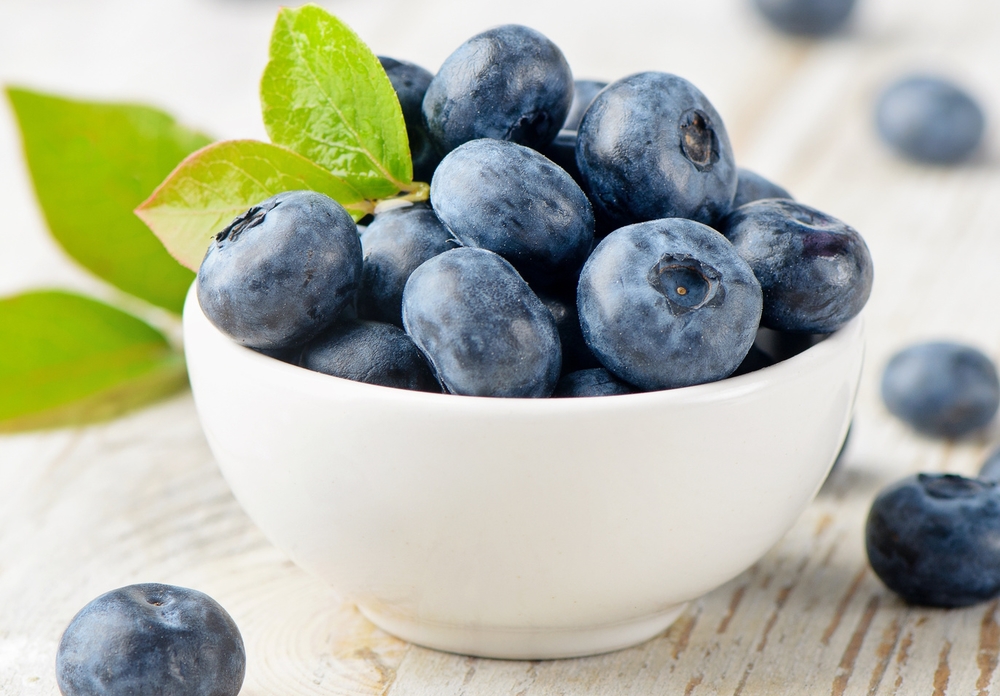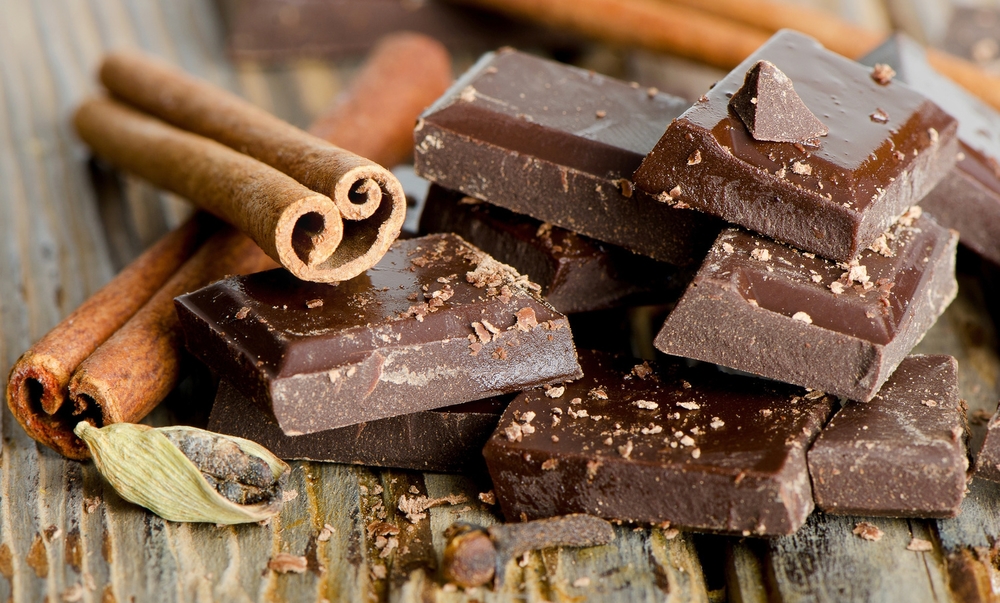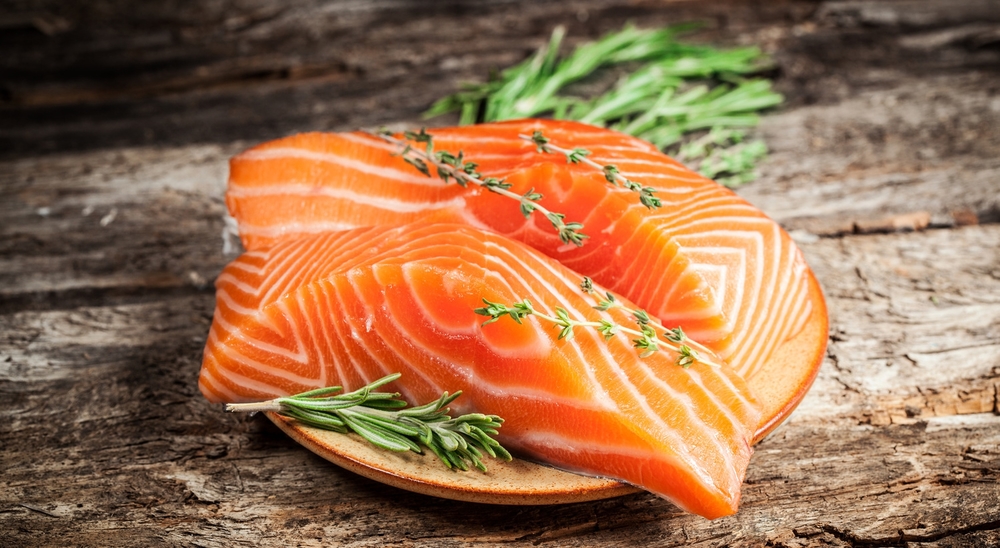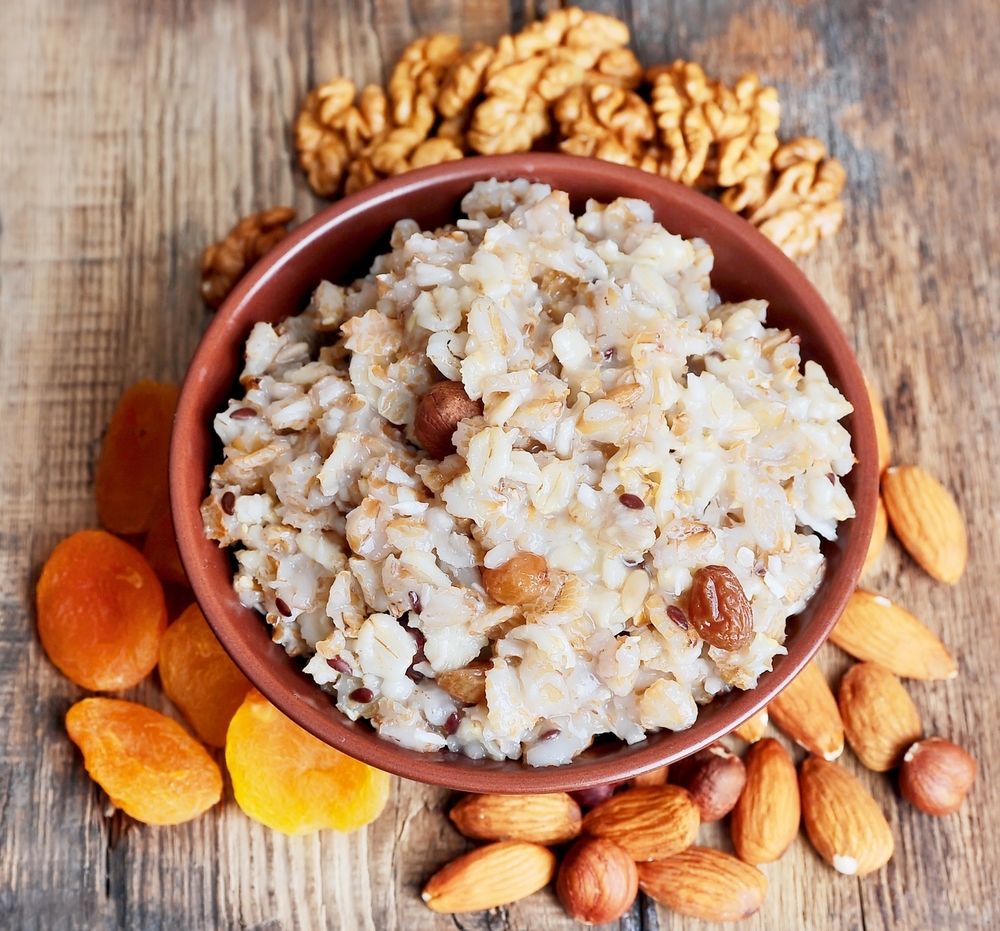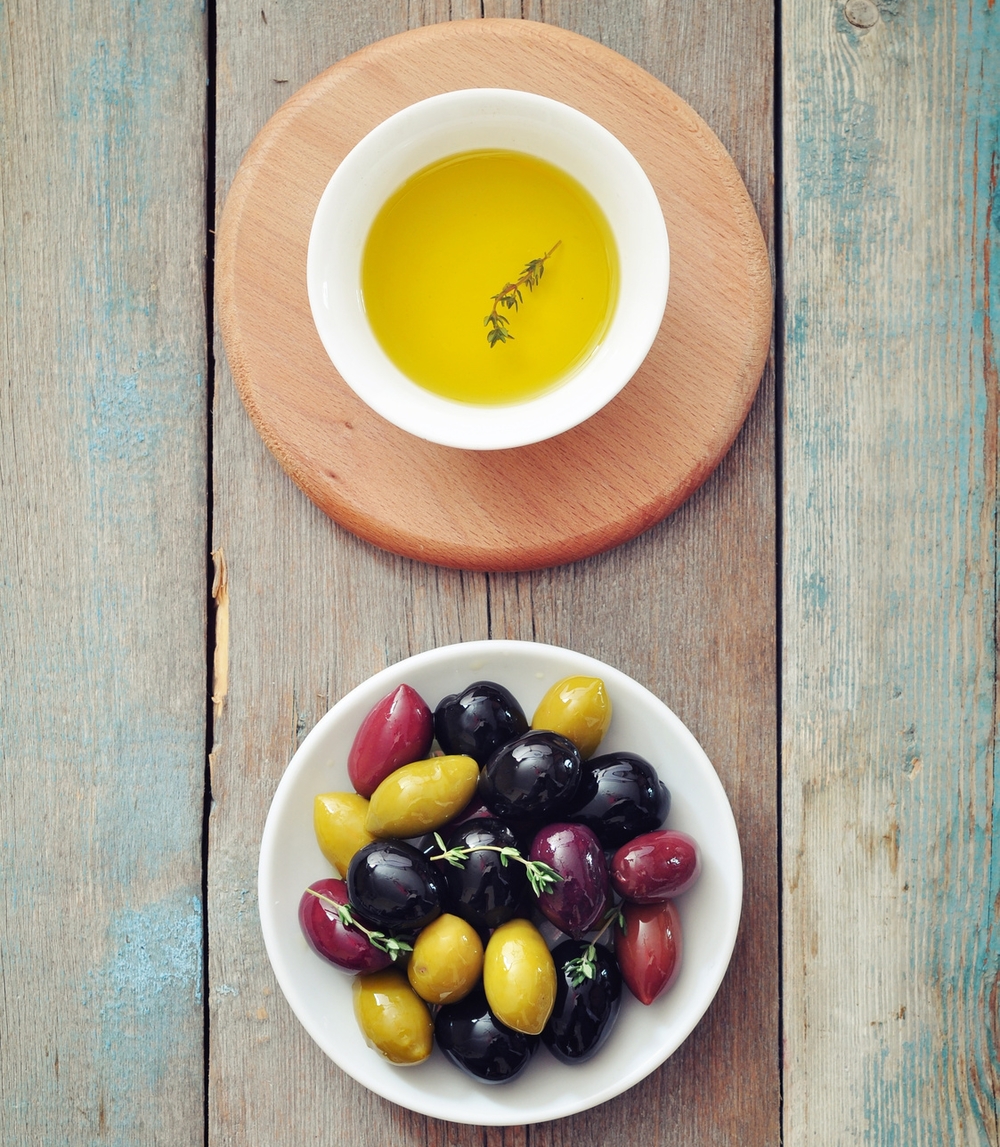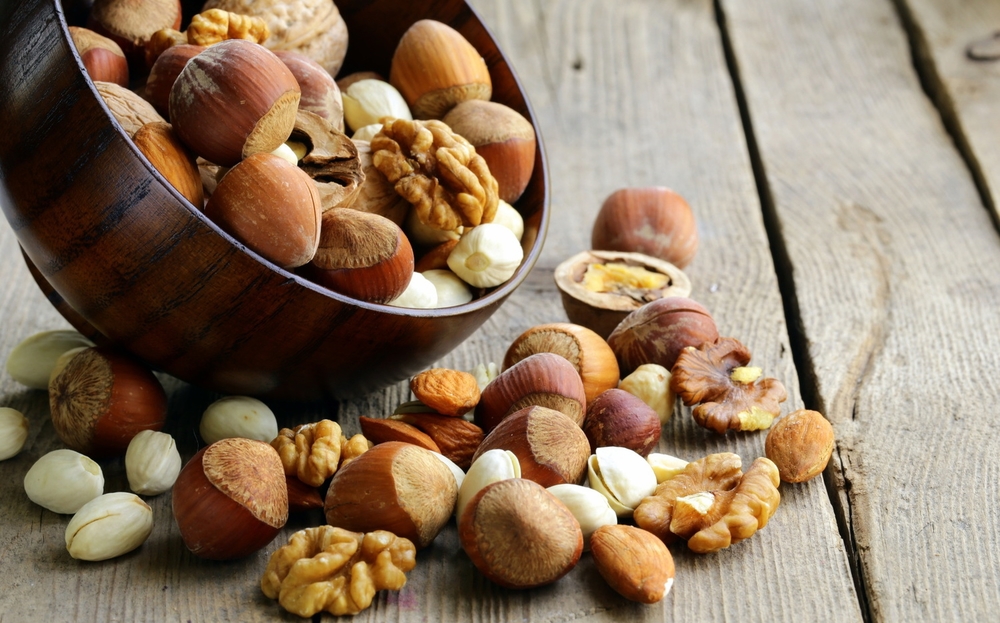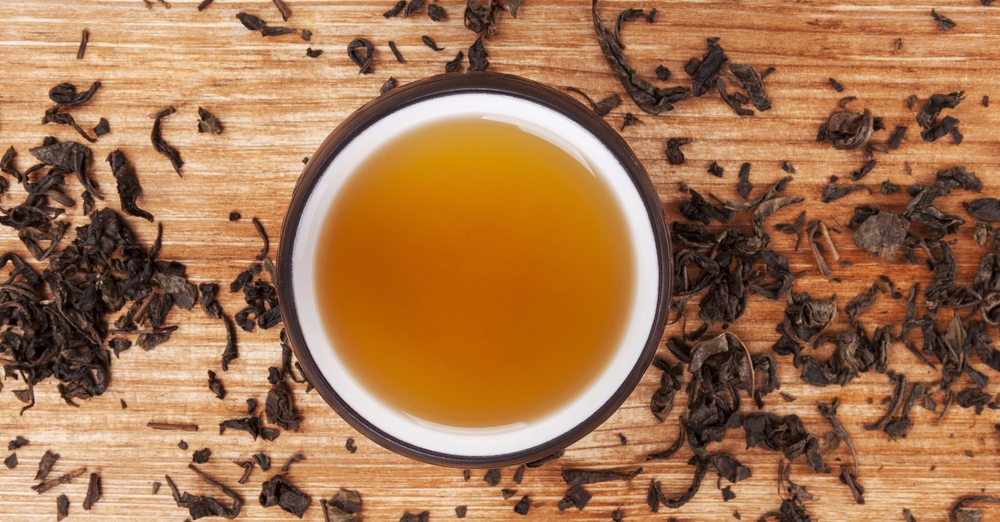Cardiovascular disease remains the leading cause of death in the United States. In 2013, it was the underlying cause of death for approximately 801,000 Americans, or about 1 out of every 3.
In honor of American Heart Month, here are nine heart-healthy foods to include in your diet.
1. Reducing Heart Attack Risk with Turmeric
Turmeric is the spice that makes curry and mustard yellow. A natural anti-inflammatory, it may potentially help with heart disease, metabolic syndrome and some cancers.
Tip: You can use turmeric as a spice on pretty much anything. It has a mild, slightly bitter flavor and earthy aroma, and of course it gives everything a bright yellow glow. Black pepper enhances absorption of turmeric, so be sure to use both when cooking.
2. Antioxidant Boost in Blueberries
Blueberries get their deep blue hue from anthocyanins, which are antioxidants that are anti-inflammatory. They’ve also been shown to have a heart-healthy effect on blood vessels, platelets and blood cholesterol.
Tip: Blueberry season typically runs through summer and early fall. Make fresh blueberries your first choice, and choose frozen during months of the year when fresh is not in season.
3. Lowering Blood Pressure with Dark Chocolate
Dark chocolate is a potent antioxidant. Research shows that dark chocolate can lower blood pressure by improving blood vessel function and increasing blood flow capacity.
Tip: Look for dark chocolate that’s greater than 60% cocoa to reap the heart-healthy rewards. The recommended serving size is one 1.5 oz chunk (about the size of four dice or one domino).
4. Salmon for Heart-Healthy Omega-3s
Salmon is a great source of omega-3 fatty acids. The heart-healthy benefits of omega-3s are plentiful: They’re anti-inflammatory, may lower triglycerides and blood pressure, and reduce clotting as well as irregular heartbeats.
Tip: The American Heart Association recommends eating 3.5 ounces of fish twice weekly. Look for wild-caught fish, as antibiotics, pesticides and other chemicals in farmed fish may prove detrimental to your health. Find delicious, healthy salmon recipes on Zipongo’s Mobile App.
5. Dropping LDLs with Steel-Cut Oats
Oats are rich in water-soluble fiber, which can help bring down LDL cholesterol levels (i.e., the bad kind) and also keep your digestive tract running smoothly. Steel-cut oats are a better choice than rolled oats, which are more processed and contain less fiber.
6. Olive Oil — the Natural Ibuprofen?
Olive oil is high in heart-healthy monounsaturated fat and antioxidants. Of course, it’s most noteworthy attribute is oleocanthal, which is an anti-inflammatory compound unique to olive oil that has the same action as ibuprofen.
Tip: For the most bang for your buck, choose extra virgin olive oil in glass, not plastic. Good olive oil will have a slight peppery sting at the back of your throat, letting you know that oleocanthal is present.
7. Nuts for Awesome Arteries and Then Some
Nuts come packed with fiber, omega-3 fatty acids, vitamin E, plant sterols and the amino acid L-arginine. L-arginine may improve the health of artery walls, making them more flexible and reducing the risk of blood clots.
Tip: Walnuts have the most omega-3s, but all tree nuts are good for you in varying degrees.
8. Nutrient-Dense Dark Leafy Greens
Dark leafy greens are low calorie and nutrient dense. Beyond the fiber, iron, folate, calcium and vitamins C, A, E and K, leafy greens are also anti-inflammatory. The antioxidants in leafy greens have been proven to decrease risk of heart disease.
Tip: Try including salad greens, kale, spinach, broccoli and/or bok choy in your diet.
9. Flavonoid-Rich Green Tea
Drinking green tea, which contains flavonoids thought to protect the heart, has been found to improve the health of cells lining our blood vessels.
Tip: Keep milk and milk substitutes like soy milk out of your green tea, as they can bind to the healthy flavonols in green tea, thereby reducing its benefit.
This blog post was originally published on February 21, 2014, and was last updated on February 16, 2017.
